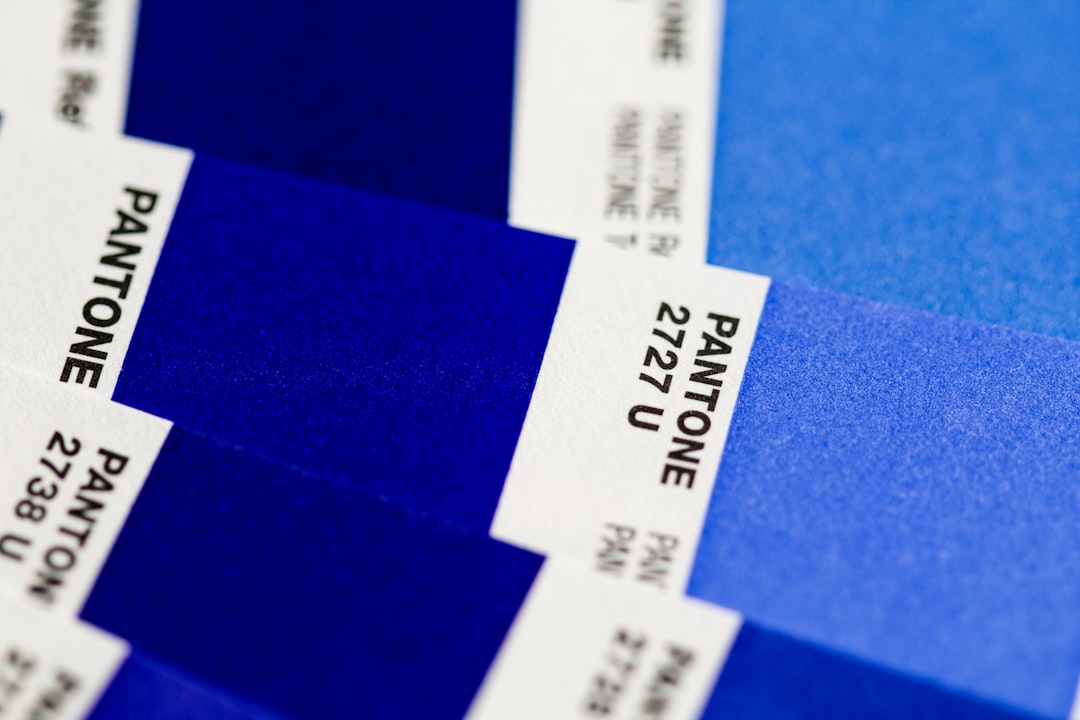Exploring the Potential of 3D Printing in Manufacturing
In recent years, 3D printing has emerged as a disruptive technology with vast potential to revolutionize various industries, including manufacturing. With its ability to create complex and customized objects with ease, 3D printing offers a multitude of advantages that can significantly impact the way products are designed, prototyped, and manufactured.
One of the most compelling advantages of 3D printing in manufacturing is its ability to reduce costs. Traditional manufacturing methods often involve multiple steps, including molding and tooling, which can be expensive and time-consuming. With 3D printing, many of these processes can be bypassed, leading to significant cost savings. The elimination of molds and tools also means that manufacturers can produce small production runs economically, providing greater flexibility in meeting customer demands.
Additionally, 3D printing offers enhanced design freedom. Unlike conventional manufacturing methods that are limited by tooling constraints, 3D printers are capable of creating virtually any shape or geometry. This enables manufacturers to explore innovative and intricate designs that were previously unattainable. As a result, products can be optimized for performance and functionality, leading to improved customer satisfaction.
Furthermore, 3D printing accelerates the product development cycle. Traditional prototyping methods can be time-consuming, requiring weeks or even months to produce a single prototype. With 3D printing, designers can quickly iterate and refine their designs, facilitating a more streamlined and efficient development process. This not only saves time but also allows for early testing and validation, reducing the risk of costly errors and rework.
Moreover, the additive nature of 3D printing minimizes material waste. Traditional manufacturing methods often involve subtractive processes, where excess material is removed to obtain the desired shape. This results in significant material waste and environmental impact. In contrast, 3D printing builds objects layer by layer, using only the necessary amount of material. This not only reduces waste but also opens up opportunities for sustainable manufacturing practices.
Another key advantage of 3D printing lies in its potential for decentralized manufacturing. In traditional manufacturing, products are often fabricated in a centralized location and then shipped to various regions. This can incur high transportation costs and time delays. However, 3D printing allows for localized production, as the digital files can be sent electronically and printed on-site, reducing the need for long-distance transportation. This decentralized approach can lead to increased efficiency, lower carbon footprint, and improved supply chain resilience.
While 3D printing offers numerous benefits, there are still challenges to overcome before it can reach its full potential in manufacturing. One major hurdle is the limited range of available materials for 3D printing. Although the range has increased over the years, it still falls short compared to the vast array of materials used in traditional manufacturing. The quality and performance of 3D printed objects also need to be further improved to match the standards set by conventionally manufactured products.
Furthermore, scalability remains a concern. While 3D printing is excellent for small production runs and prototyping, it may not yet be efficiently applied to mass production. The process can be slow, especially when manufacturing complex and large-scale objects. As 3D printing technologies continue to evolve, it will be crucial to develop faster and more reliable printers to enable large-scale production.
In conclusion, 3D printing holds immense potential in revolutionizing the manufacturing industry. Its ability to reduce costs, enhance design freedom, accelerate product development, minimize material waste, and enable decentralized manufacturing makes it a disruptive force. However, there are still challenges to address, including limited material availability and scalability. As technology continues to advance, it is only a matter of time before 3D printing becomes an integral part of the manufacturing process, creating a new era of possibilities in product development and production.









